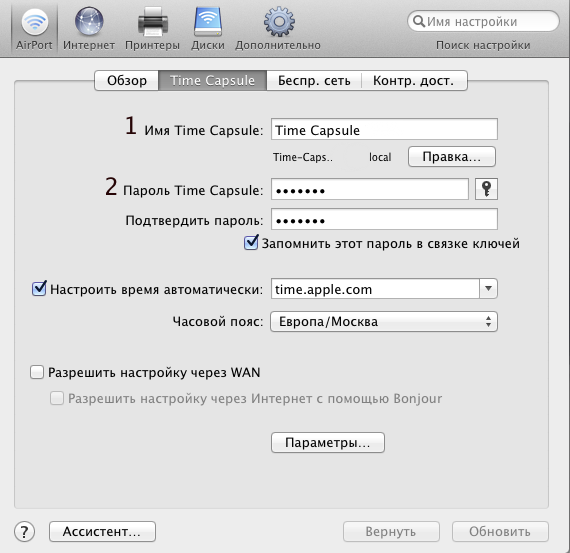

OS X Mountain Lion introduced AirPlay support, a feature to output Mac system-wide audio directly to AirPort Express. It cannot be used to output the soundtrack of iTunes video content to an attached stereo. The audio output feature of the AirPort Express on a system running OS X Lion or earlier can only be used to wirelessly stream audio files from within iTunes to an attached stereo system. This is limited to 16-bit and 44.1 kHz when streaming from iTunes any higher quality content, such as high fidelity audio that uses up to 24-bit and/or 192 kHz will be truncated down to 16-bit and 44.1 kHz. DTS-encoded CDs ripped to Apple Lossless audio files - which decode as digital white noise in iTunes - will play back correctly when the AirPort Express is connected via TOSLINK to a DTS-compatible amplifier–decoder. Standard audio CDs ripped in iTunes into Apple Lossless format streamed to the AirPort Express will output a bit-for-bit identical bitstream when compared to the original CD (provided any sound enhancement settings in iTunes are disabled). The AirPort Express uses an audio connector that combines a 3.5 mm minijack socket and a mini-TOSLINK optical digital transmitter, allowing connection to an external digital-to-analog converter (DAC) or amplifier with internal DAC. Up to 10 wireless units can connect to this AirPort Express. The revised unit includes an 802.11a/n (5 GHz) mode, which allows adding Draft-N to an existing 802.11b/g network without disrupting existing connections, while preserving the increased throughput that Draft-N can provide. The audio was handled by a Texas Instruments Burr-Brown PCM2705 16-bit digital-to-analog converter.Īn updated version (MB321LL/A, model A1264) supporting the faster 802.11 Draft-N draft specification and operation in either of the 2.4 GHz and 5 GHz bands, with almost all other features identical, was introduced by Apple in March 2008. The main processor of the 802.11g AirPort Express was a Broadcom BCM4712KFB wireless networking chipset, which incorporated a 200 MHz MIPS processor. The original version (M9470LL/A, model A1084) was introduced by Apple on July 7, 2004, and included an analog–optical audio mini-jack output, a USB port for remote printing or charging the iPod (iPod shuffle only), and one Ethernet port. The model introduced in June 2012 includes two Ethernet ports: one WAN and one LAN. It can be used to extend the range of a network, including functioning as a printer and audio server.

It can be used as an Ethernet-to-wireless bridge under certain wireless configurations. The latest model allows up to 50 networked users. When connected to an Ethernet network, the Express can function as a wireless access point.


 0 kommentar(er)
0 kommentar(er)
